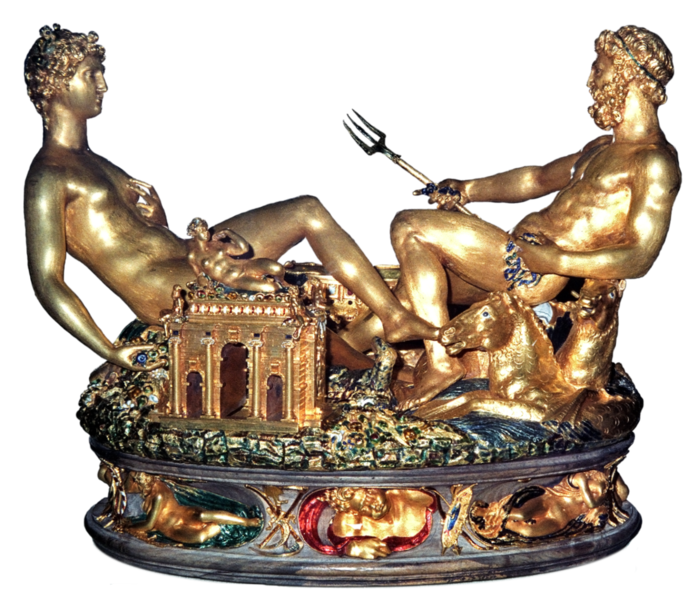I’m catching up on all of the reactions to the decision by Cai Mingchao, the general manager of Xiamen Harmony Art International Auction Co. and the winning bidder on the two Chinese bronzes which were recently sold at Christie’s Yves St. Laurent auction in France. Art Observed does a great job collecting many of the reactions which appeared in the press.
Tom Flynn asks the right question I think, “Are we entering an era of guerilla activism, where sabotage of art auctions becomes another weapon in cultural heritage repatriation disputes?”
I think Christie’s is scrambling along with other major auction houses to make sure something similar cannot or will not happen again. Mingchao is of course subject to civil penalties under French law, perhaps even criminal as well. If Christie’s pushes that approach, they may risk a difficult public relations battle, as Mingchao has quickly become a sort of national hero in China. But it is hard to see how they can just do noting. If one bidder can disrupt the process in this way, all a nation of origin needs to do is enlist a wealthy or sympathetic bidder to disrupt the process of any future object which might be similarly sensitive.
I think it is another indication of the increasing role that nations of origin are playing in the heritage marketplace. I’m not sure how many wealthy bidders would be willing to stake their reputation or future ability to bid on such a move in the future, but this was a cunningly simple, very shrewd strategic move by Mingchao and the Chinese. They wanted to disrupt the market in these objects which had been looted, and did a brilliant job doing so.
From AlJazeera English:
Questions or Comments? Email me at derek.fincham@gmail.com




